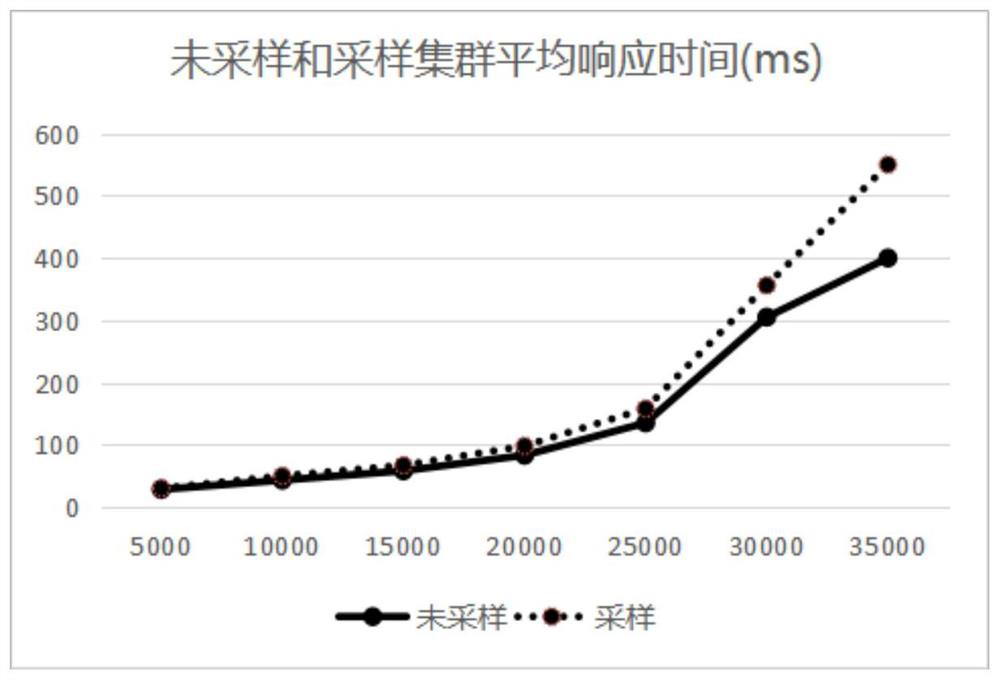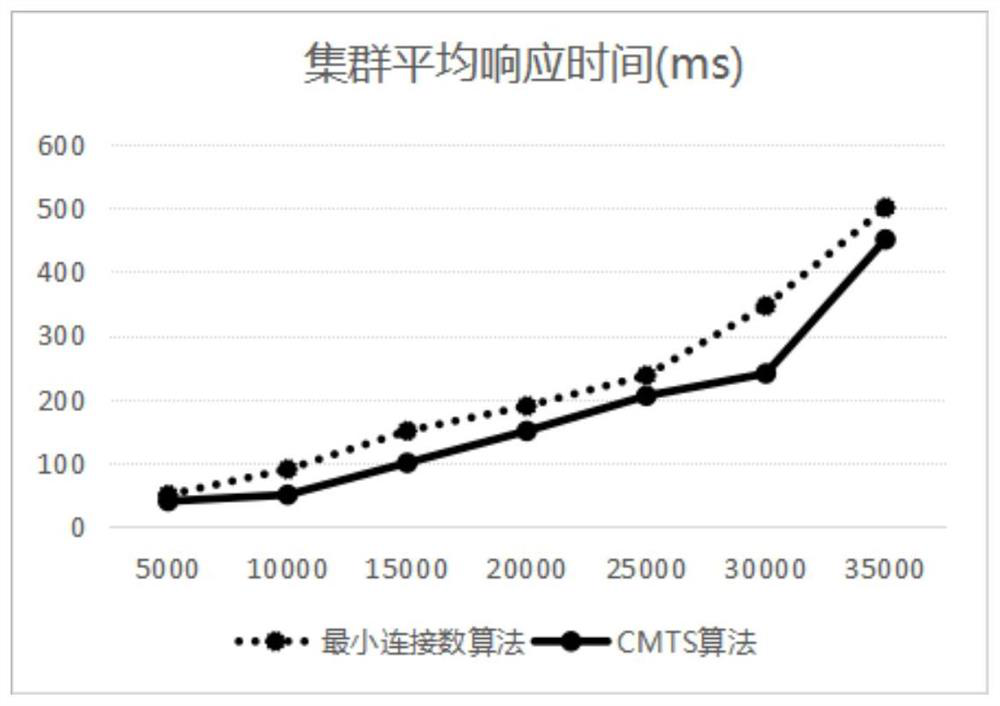A load balancing scheduling method and system for TCP long connections based on negative feedback mechanism
A technology of load balancing and scheduling method, which is applied in the field of communication technology and informatization, and can solve the problems of being unable to support large-scale TCP long connections and high-frequency message sending and receiving, and not considering the real-time load changes and performance differences of cluster nodes with load tilt, etc., to achieve The effect of reducing the average response time of the cluster, shortening the average response time, and improving the system throughput
- Summary
- Abstract
- Description
- Claims
- Application Information
AI Technical Summary
Problems solved by technology
Method used
Image
Examples
Embodiment 1
[0055] In the Linux system, TCP / IP and general network driver software are the core components of the kernel. Data packets pass through these kernel components with socket buffers, which are socket buffers. The socket buffer is responsible for transmitting message data between the source and the sink. In view of the fact that the existing load balancing algorithm fails to solve the problem of load tilt, this embodiment introduces the data accumulation amount of the socket buffer of the kernel as a key indicator, and comprehensively considers CPU performance, CPU average load, memory utilization and cluster online connection rate as load indicators. A load scheduling method for TCP long connections based on a negative feedback mechanism is proposed. Taking a node in the cluster as an example, combined with figure 1 , illustrating the steps of the scheduling method of this embodiment:
[0056] Step 1: Deploy the agent detection program on each node in the cluster, detect that th...
Embodiment 2
[0089] On the basis of Embodiment 1, this embodiment discloses a TCP persistent connection load balancing scheduling system based on a negative feedback mechanism, including:
[0090] The collection agent is distributed and deployed on each node in the cluster to periodically collect node load indicators;
[0091]The node comprehensive load calculation module is used to calculate the node comprehensive load according to the node load index collected by the collection agent;
[0092] The weight calculation module is used to calculate the node weight coefficient according to the node comprehensive load output by the node comprehensive load calculation module;
[0093] The scheduler is configured to allocate client requests to nodes with larger node weight coefficients according to the node weight coefficients of each node.
[0094] The monitor establishes a long connection with each node of the cluster to listen to the health status of the node, and removes the unreachable node...
PUM
 Login to View More
Login to View More Abstract
Description
Claims
Application Information
 Login to View More
Login to View More - R&D
- Intellectual Property
- Life Sciences
- Materials
- Tech Scout
- Unparalleled Data Quality
- Higher Quality Content
- 60% Fewer Hallucinations
Browse by: Latest US Patents, China's latest patents, Technical Efficacy Thesaurus, Application Domain, Technology Topic, Popular Technical Reports.
© 2025 PatSnap. All rights reserved.Legal|Privacy policy|Modern Slavery Act Transparency Statement|Sitemap|About US| Contact US: help@patsnap.com



